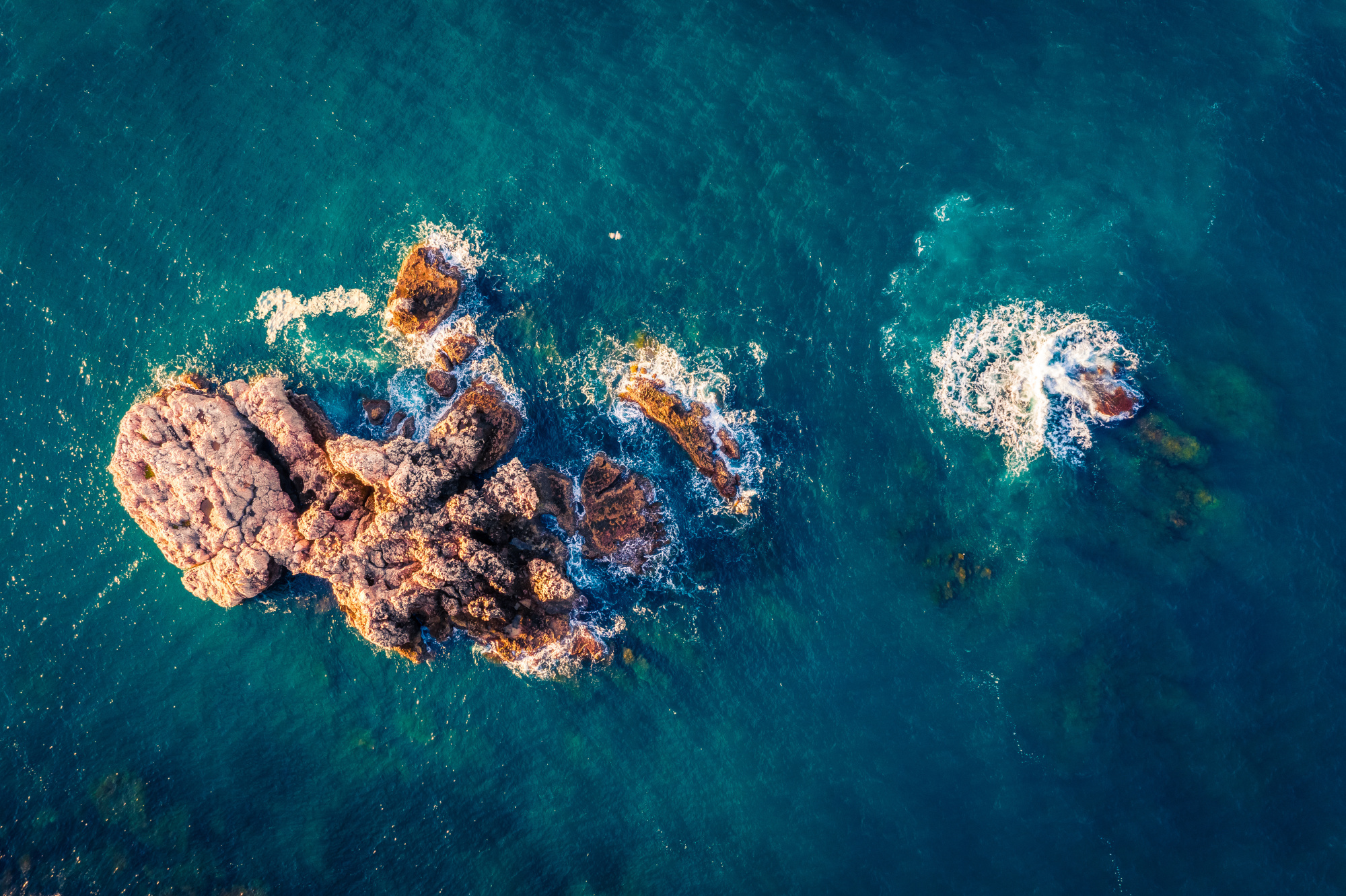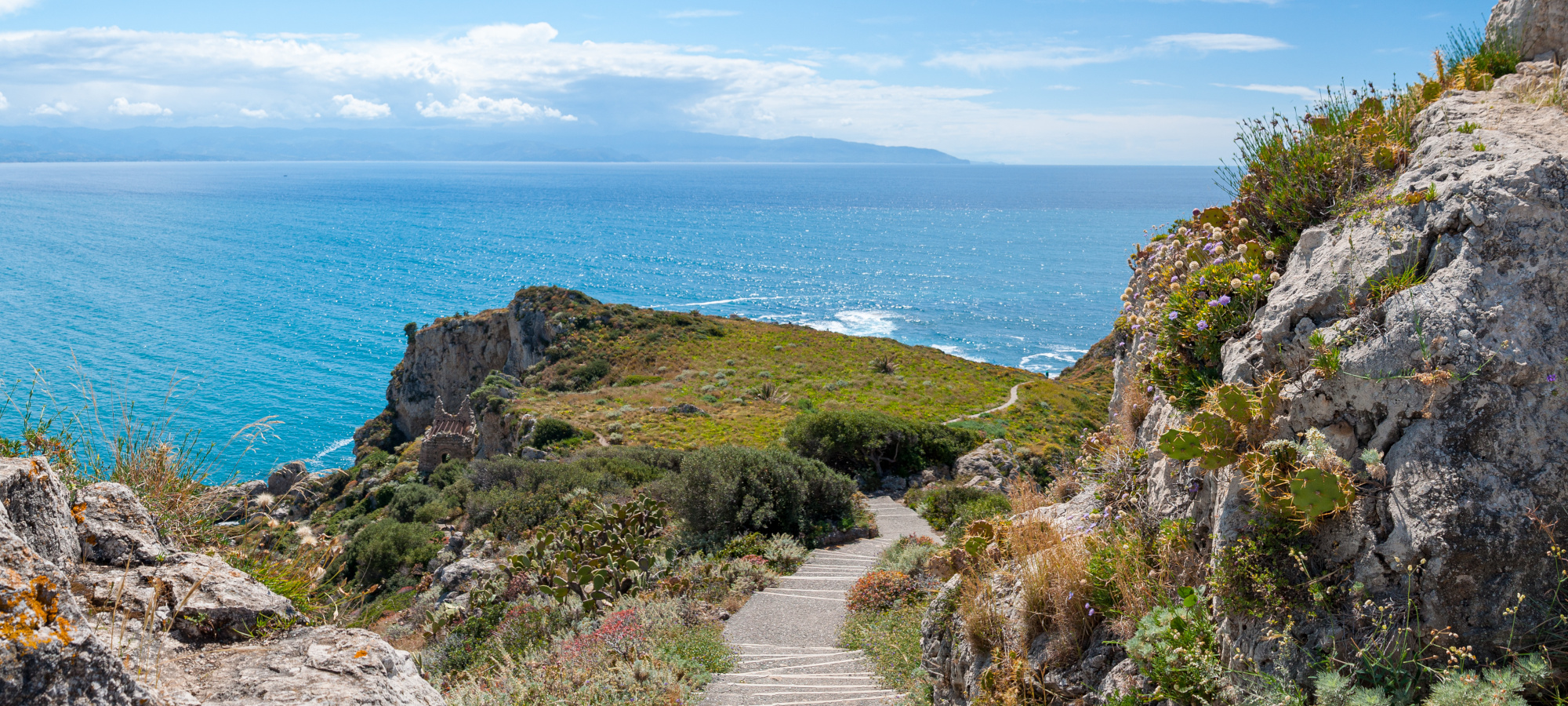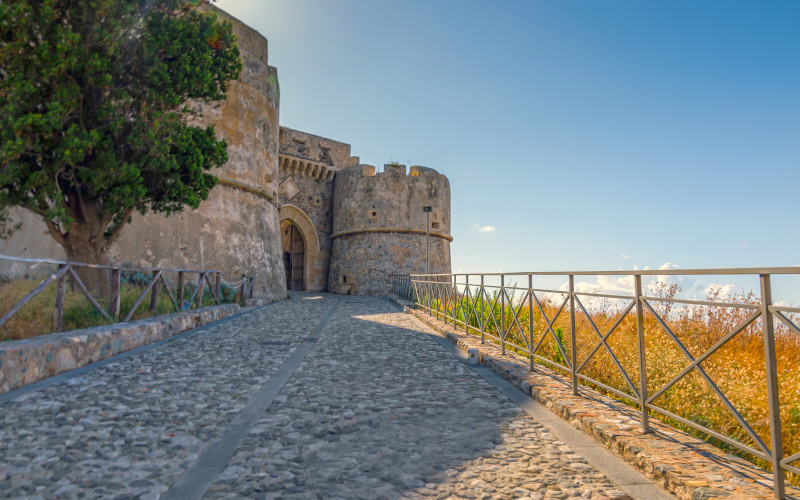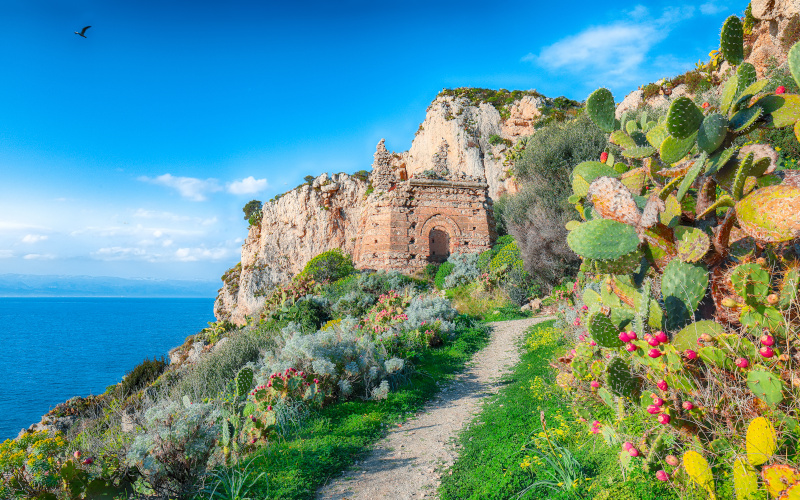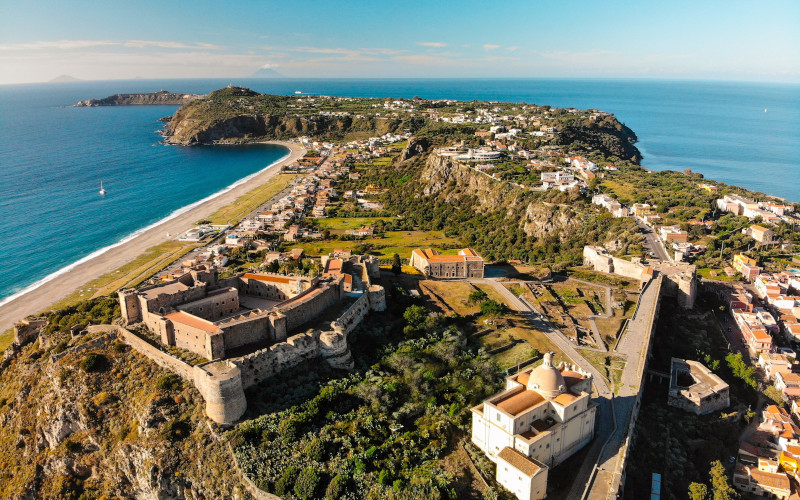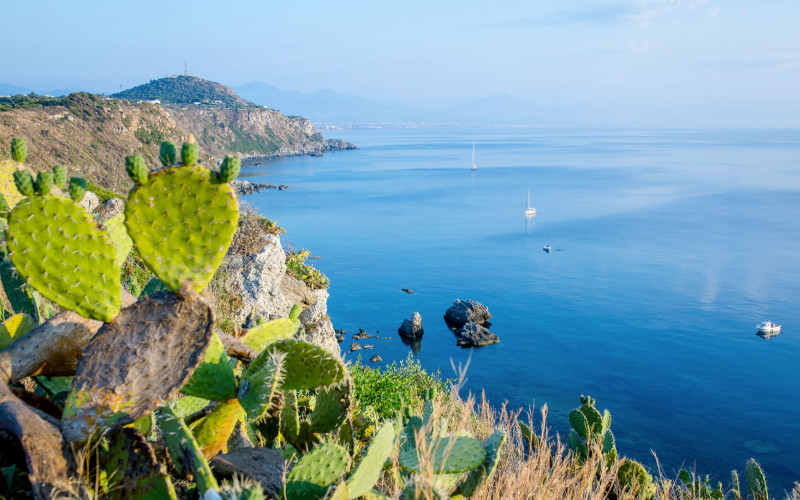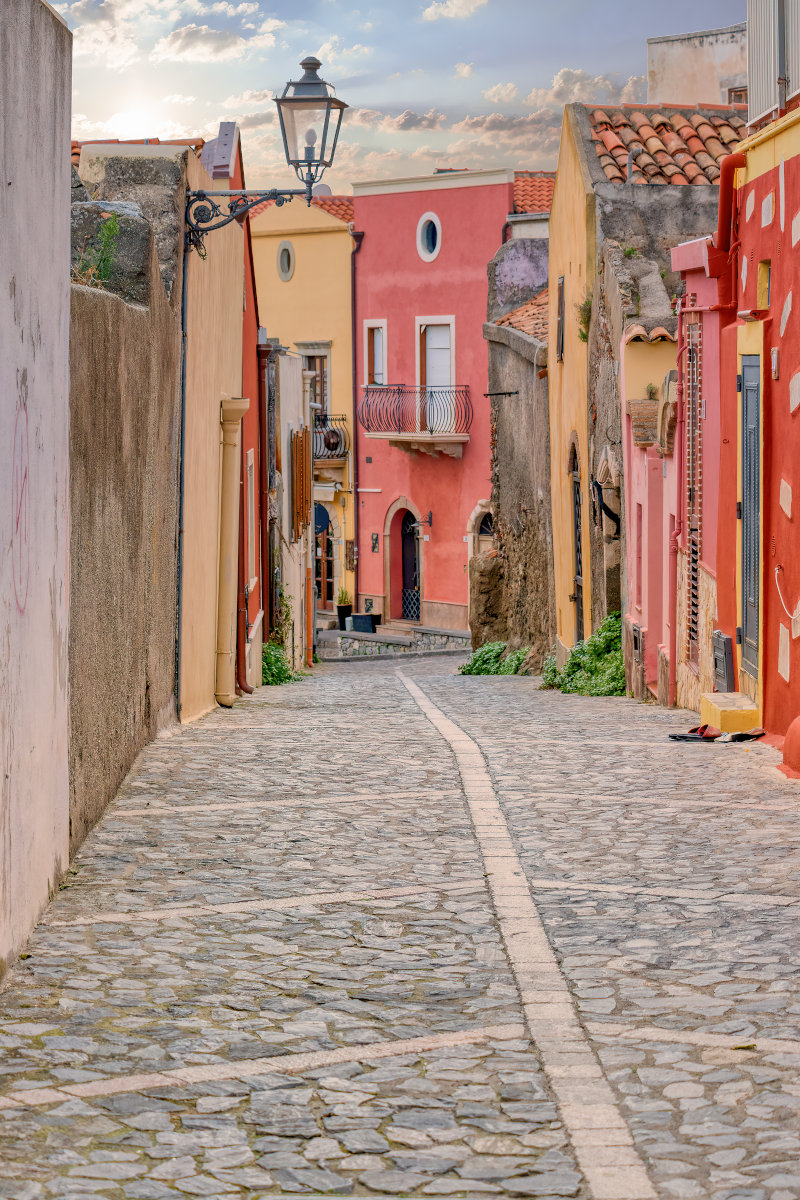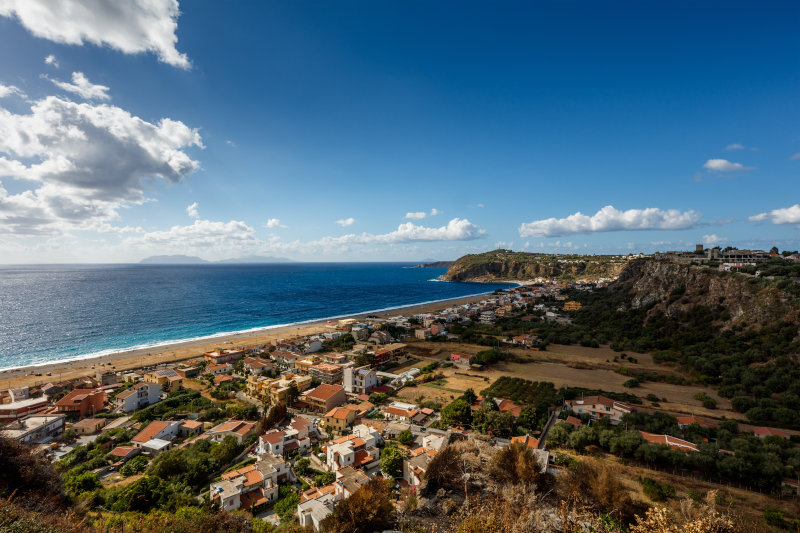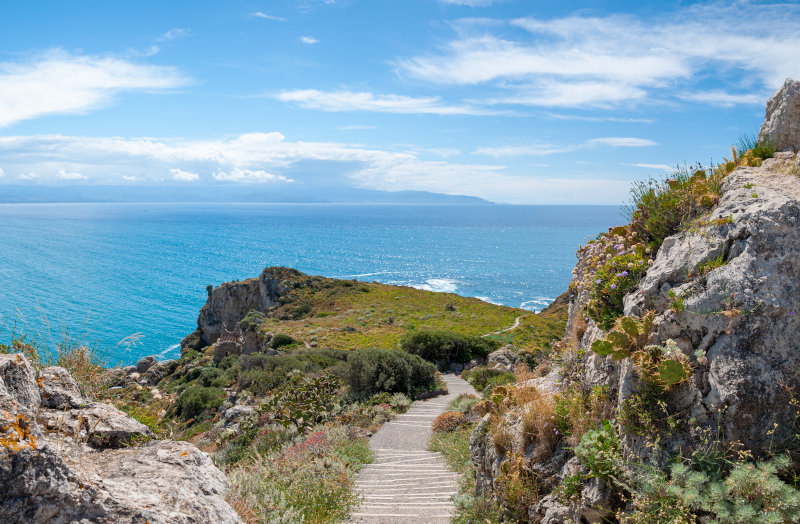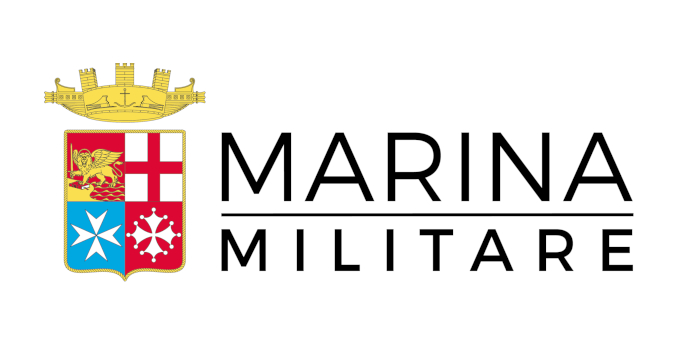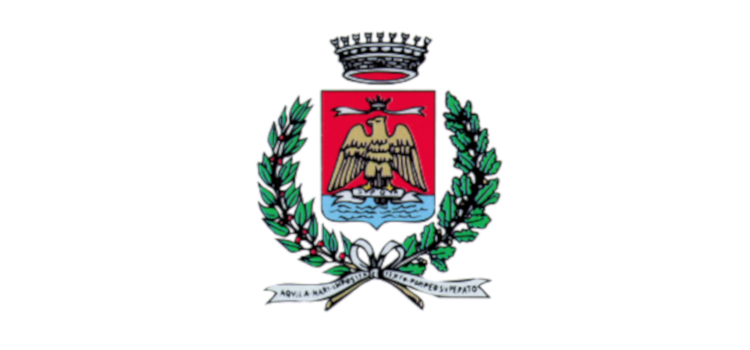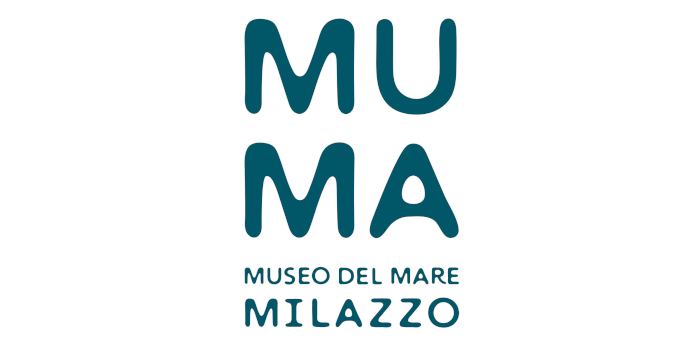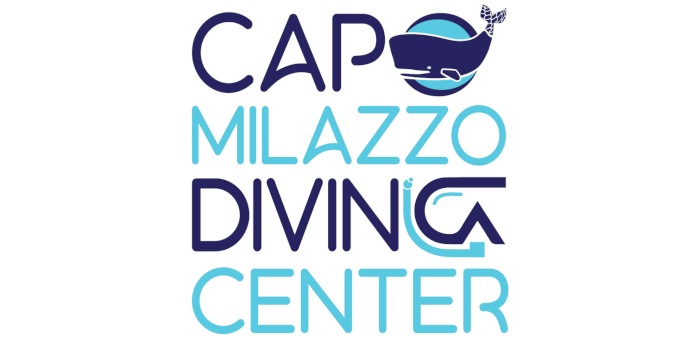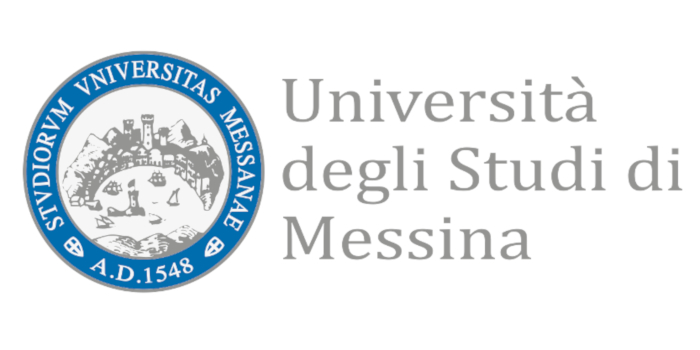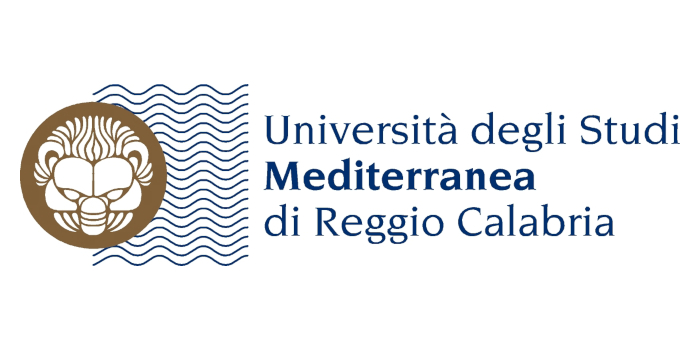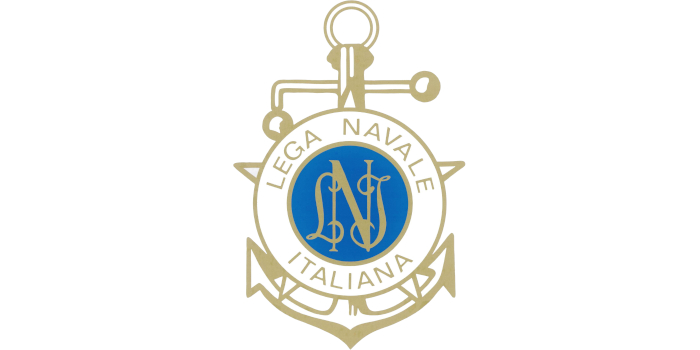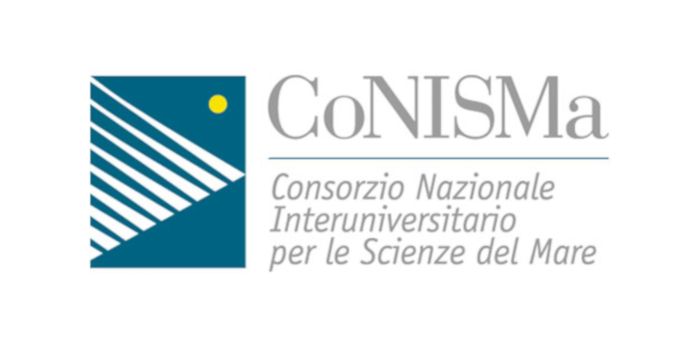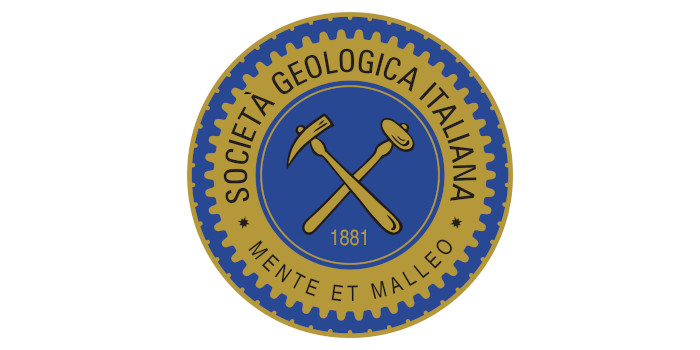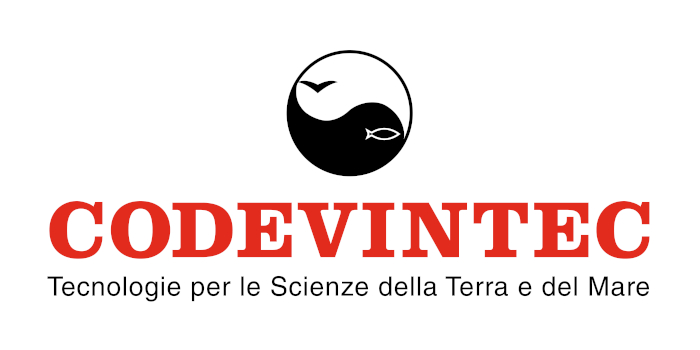Milazzo is a substantial town on the coast of north-east Sicily, west of Messina, and best known for its castle.
The centuries have left their mark very clearly on the layout of Milazzo, with the citadel and castle at the top of the hill, the old town of medieval origin at the foot of the hill, and the more modern city at the bottom and along the harbour area.
Why visit Milazzo?
For many, the prime reason for setting foot in this town is to head for the hydrofoil docks and set sail for the Aeolian Islands. But, away from its refineries and industrial port development, Milazzo boasts an impressive hilltop castle and a pretty Borgo Antico (Old Town), and the isthmus that juts out to the north is an area of great natural beauty dotted with rocky coves, well worth a visit for those with time to spare.
Milazzo Old Town
The old town includes the medieval quarters of Milazzo, and is best known for its religious buildings.
On entering the old town you first find the Shrine of St. Francesco di Paola, dating from the 18th century and built on the site of a pre-existing church of the 15th century. The façade is characterized by a curvilinear staircase with windows and a gallery above the doorway. Inside, in the chapel of Jesus and Mary, there is an altar decorated with carved and gilded wood, at the centre of which is the "Madonna and Child" by Domenico Gagini (1420-1492).
A little further into Milazzo old town you can see the 16th century Palace of the Viceroy, further enriched in the 18th century with baroque balconies. Below the palace, the façade of the Church of SS. Salvatore was designed by Giovan Battista Vaccarini in the 18th century.
Continue along Via S. Domenico to see the Church of Our Lady of the Rosary. Built in the 16th century, the church was rebuilt in the 18th century at which time the interior was decorated with stucco and frescoes by Domenico Giordano (c.1760 - 1820).
Outside the walls of the castle there are a few streets of colourful houses in the Spanish quarter: it is a small district, but quite pretty and photogenic.
Milazzo Castle
The road leads on to Milazzo Castle, with its imposing Spanish walls - these are the outermost and largest of the three sets of walls. The building was begun in the first half of the 16th century under Emperor Charles V of Spain (1500-1558), by the viceroy of Sicily, Duke Ettore Pignatelli (died in 1579), and it was completed towards the end of the century.
The castle consists of two solid parallel walls, joined by a barrel vault. Originally inside the walls there were reservoirs, warehouses, stables, rooms used as prisons with passages and underground walkways. The fort was originally begun by the Arabs in the 10th century, in place of the ancient Greek acropolis.
Beyond the Spanish walls you can see the Old Cathedral, built in the first decade of the 17th century and an important example of Sicilian architecture. This church, with a Greek cross plan and a single large central dome (10 meters high), has columns with Corinthian capitals and friezes, probably carved by artists from Syracuse.
Particularly worth a mention is the shrine above the portal of the cathedral with angels echoing the Florentine mannerist style of art.
The Aragonese city walls, dating back to the 15th century, are characterized by five towers and a pointed arched gateway surmounted by the crest of the monarchs of Spain - Isabella [1451-1504] and Ferdinand [1452-1516] - which is a shield divided into four parts and supported by the eagle of Saint John.
Inside these inner walls there is a castle originally built by Frederick II of Swabia, but with later additions. The arched portal is surmounted by the coat of arms of Aragon.
Lower Town
The lower town is the most recent part of Milazzo, and was built in the 18th century. The center of lower Milazzo revolves around the Piazza Caio Duilio, which has the Palazzo Marchese Proto to the west and the façade of the Church del Carmine to the east - take a look at the portal of the church which has a lintel carved with garlands and a niche with a statue of Our Lady of Consolation.
In Cumbo Borgia Street you can see the New Cathedral, built in the 1930s and in which there are some paintings by Antonello de Saliba, and other religious paintings attributed to Antonio Giuffrè (14th century), a painter of the Antonello da Messina (1429-1479) school of painting.
Waterfront and beach
In lower Milazzo there is a promenade along the seafront to the east of the centre. The main beach, the Spiaggia di Ponente, is west of the centre and below the castle: it is a long beach with plenty of space although the rocks and stones are rather sharp and difficult to walk on!
If you continue along the waterfront and through the district of Vaccarella you can follow the panoramic road that leads to Cape Milazzo and the Pool of Venus and the Shrine of St. Anthony of Padua. The shrine dates from the 18th century and has polychrome marble altars and walls and nine bas-reliefs in stucco that depict scenes from the life of the saint.
Attractions nearby
To the west of Milazzo there is a coastal road that runs parallel to the sea and leads to the Cave of Polyphemus, where, according to Homeric tradition, the fight took place between Ulysses and the Cyclops. In front there is the wide beach of the Bay of Tono.
The ferry port for travelling to the Aeolian islands is found at Milazzo and these islands are an interesting mix of sea, beaches and volcanoes. Lipari is the busiest of the seven islands. Filicudi and Panarea are also popular outings.
Art lovers will want to visit Castroreale and the Pinacoteca art gallery housed in an an ancient church.
